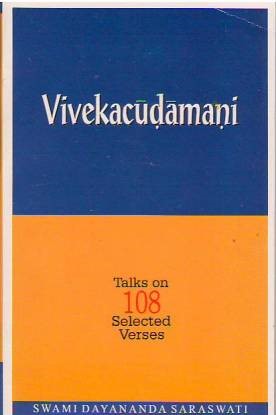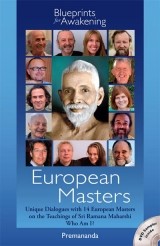Shankara’s explanation in Bhagavad Gita bhāṣya 2.21
[Note that this is a ‘stand-alone’ article which nevertheless supplements the material asking ‘Who am I?’ in the pratibandha posts beginning https://www.advaita-vision.org/pratibandha-s-part-5-of-7/. It provides a response to Venkat’s challenge at https://www.advaita-vision.org/verse1-of-drg-drsya-vivek-an-analysis-of/#comment-9797]
Reality is non-dual. All Advaitins know that this is the teaching, even if they have not yet succeeded in reconciling this with the appearance of the world and their own apparent individuality.
The Self does not act. The jñānī knows this. The well-known statement in Bhagavad Gita 5.8-9 tells us that: The balanced person who knows the truth thinks: ‘I do nothing at all; it is only the senses relating to their sense objects,’ even whilst seeing, hearing, touching, smelling, eating, going, sleeping, breathing, speaking, excreting or grasping; even just opening or closing the eyes. It is all simply the ‘play of the guṇa-s’, name and changing form, like the movement of waves on the surface of the ocean – all is always only water.
Continue reading


